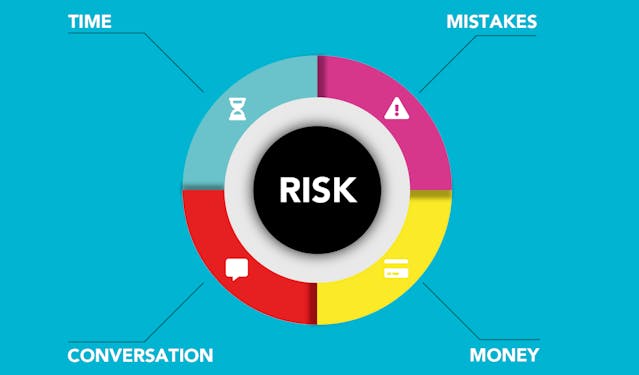Timing is a critical factor in fundraising success. Raising capital too early can lead to unnecessary dilution and misaligned expectations, while waiting too long can result in missed opportunities or financial strain. Identifying the right moment to seek funding requires a strategic approach, considering market conditions, business milestones, and investor sentiment. Here’s how startups and businesses can determine the optimal timing for their fundraising efforts.
Understanding Your Business Readiness

Before engaging investors, businesses must assess their internal readiness. Investors want to see tangible progress and a clear pathway to growth. Consider these key indicators:
- Product Development: Ensure your product or service is at a stage where it has been validated, either through prototypes, beta testing, or early customer adoption.
- Market Traction: Demonstrating growing demand, increasing revenue, or strong user engagement signals that the business is viable and worth investing in.
- Financial Stability: Having a clear financial plan and managing cash flow efficiently show that the company is prepared to utilize funds effectively.
- Team Strength: Investors look for a capable and committed team with the expertise needed to execute the business vision successfully.
Aligning with Market Conditions

External factors also influence the success of a fundraising round. Timing your fundraising efforts based on broader market trends can increase the likelihood of securing investment.
- Economic Climate: In strong economies, investors are more willing to deploy capital, while downturns may make fundraising more challenging.
- Industry Trends: If your sector is experiencing growth and investor interest, it may be an opportune time to raise funds.
- Competitive Landscape: Understanding when competitors are fundraising can provide insights into investor appetite and sector momentum.
Setting Milestones Before Fundraising

Investors seek businesses with clear goals and progress. Establishing key milestones before launching a funding round helps demonstrate readiness and value. Consider achieving:
- A minimum viable product (MVP) launch or product-market fit validation.
- A revenue or traction threshold that proves market demand.
- Operational improvements, such as efficient supply chain management or cost reduction strategies.
- Key partnerships or customer acquisitions that strengthen business credibility.
Planning for Fundraising Cycles

Fundraising is a time-intensive process, often taking 6-12 months from preparation to closing a deal. Businesses should:
- Start Early: Engage with investors, build relationships, and refine pitches before the actual fundraising period begins.
- Prepare for Due Diligence: Have financial statements, legal documents, and growth plans readily available.
- Account for Cash Flow Needs: Raising funds before running out of capital ensures continuity and prevents desperate deal-making.
Avoiding Common Timing Mistakes

Mistimed fundraising efforts can hinder growth. Here’s what to avoid:
- Raising Too Early: If a business lacks traction or validation, it may struggle to attract investors or secure favorable terms.
- Waiting Too Long: Running out of cash before securing funding may result in rushed decisions and unfavorable investor terms.
- Ignoring Market Signals: Not aligning with economic or industry trends may reduce investor interest.
Conclusion
The right timing for fundraising is a blend of internal readiness, external conditions, and strategic milestone setting. By carefully assessing business progress, market trends, and financial needs, startups can position themselves for successful fundraising rounds. Proactive planning, relationship-building, and milestone achievements ensure that when the time comes, businesses can attract the right investors under the best possible terms.





